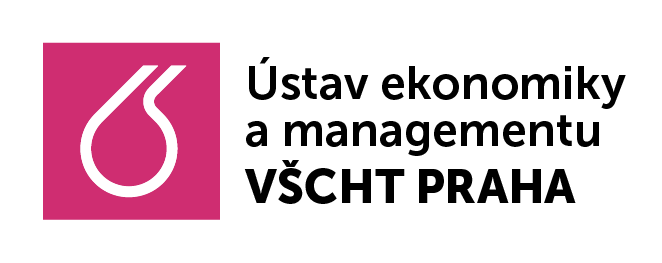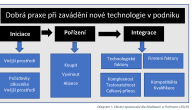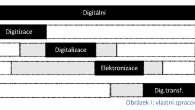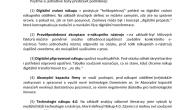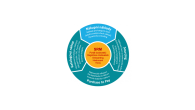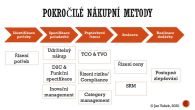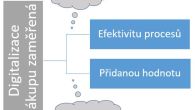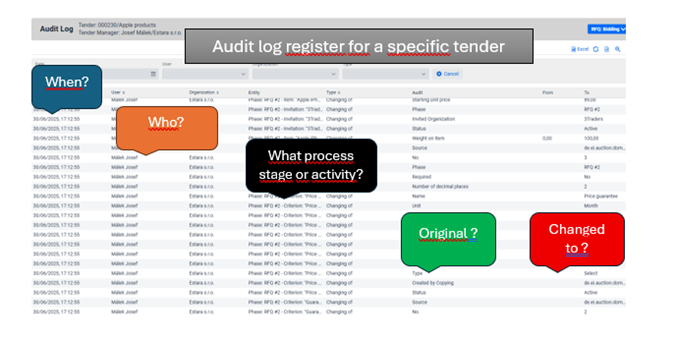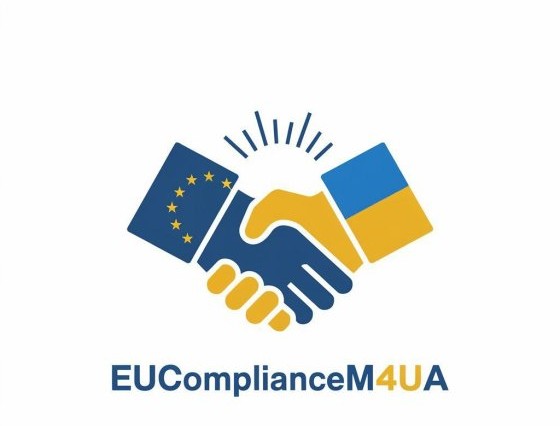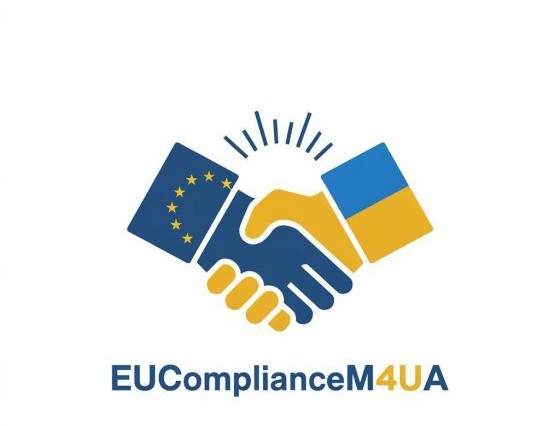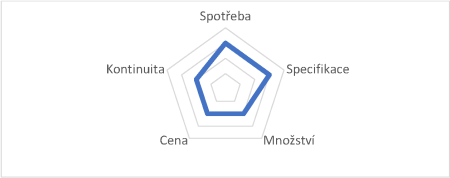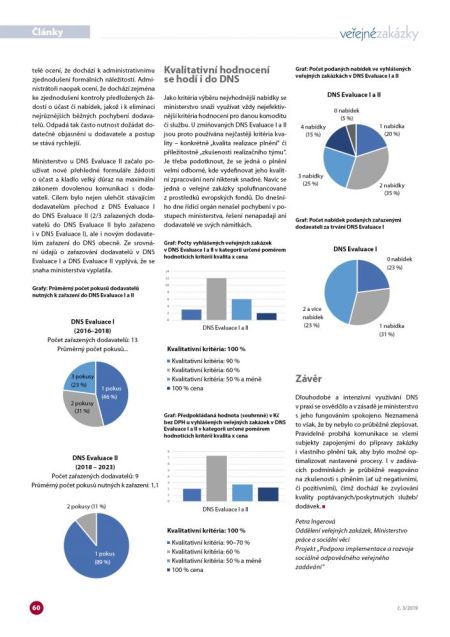Let’s face it: writing a textbook on compliance is not for the faint-hearted. Especially if your target group is undergraduate students who (1) don’t love reading long texts, and particularly textbooks, (2) often think compliance is boring or overly bureaucratic, and (3) are constantly tempted by more exciting distractions than the compliance-related topics.
And yet—we’ve taken on the challenge. Together.
Across multiple universities, as a part of the EU-supported project to enhance compliance education in Ukraine, we are now collaborating on a new and highly practical student-friendly compliance textbook. It’s a co-creative journey where different perspectives and expertise domains, such as lawyers, economists, and educators, come together to build a bridge between rigorous professional standards and accessible, real-life and fun learning.
Each participating university contributes at least one chapter that combines academic rigour and practical relevance. And we took a brave decision to prefer practical relevance and “fun factor” to academic depth. From drafting to reviewing, from examples to structure, from case studies to key concepts —every part of the book is shaped by the key considerations: will students find it interesting? will they be captivated and dragged in? Will they learn something useful for their future careers? Will they remember the driving principles after they forget all the details?
We know that compliance is not just one topic—it’s a whole landscape of decisions, dilemmas, responsibilities, and best practices. That’s why each chapter begins with a short, digestible case study that, although only loosely related to the chapter, is highly relevant to the reader's future career. The case study discussion should be the cornerstone of the teaching!
We’re competing with Netflix, social media, part-time jobs, and the latest AI trends. So our book has to do more than inform—it has to attract, engage, and even entertain.
That’s why we designed the book based on following principles:
- Maximum six pages per chapter—yes, really. Enough to read in a bus before the lesson.
- Student-level language—no legalese, no jargon, no unnecessary complexity.
- Clear, consistent structure—so students always know where they are and what to expect.
- Real-life examples—from scandals to success stories, to show why compliance matters.
- Concrete tools and frameworks—to transform theory to practice right away.
- Guided by practice, backed by theory—each chapter ends with further reading for those who want to go deeper.
So, in an ideal world, what will students actually learn?
Each chapter gives students a basic but solid grasp of a key compliance-related topic—enough to hold a discussion, understand what’s at stake, and recognise good practice when they see it. Whether it's conflicts of interest, whistleblowing, AI and compliance, or ethical procurement, each chapter will provide:
- a short summary of what the chapter covers and why it matters,
- one core concept explained in a friendly way,
- one key framework with a step-by-step explanation,
- space for discussion and critical thinking,
- and real-life practices from the business and public sectors.
Not Just a Book, a Real Teaching Support
This isn’t a stand-alone textbook. It’s meant to complement lectures, spark classroom debates, and give students a practical toolbox they can actually use in future jobs. It saves instructors from having to explain the basics from scratch and gives students something clear to lean on—without feeling overwhelmed.
We’re excited. Not because writing this book is easy—it’s not. But because we believe that compliance matters, and that students deserve to learn about it in a way that makes sense, feels relevant, and maybe even inspires them.
Stay tuned as the chapters come together—and feel free to reach out if you’d like to join us on this journey as a contributor, reviewer, inspiration or just a friend who wants to be there!


*Funded by the European Union. However, the views and opinions expressed are solely those of the author(s) and do not necessarily reflect those of the European Union or the Education, Audiovisual and Culture Executive Agency (EACEA). Neither the European Union nor the EACEA can be held responsible.

